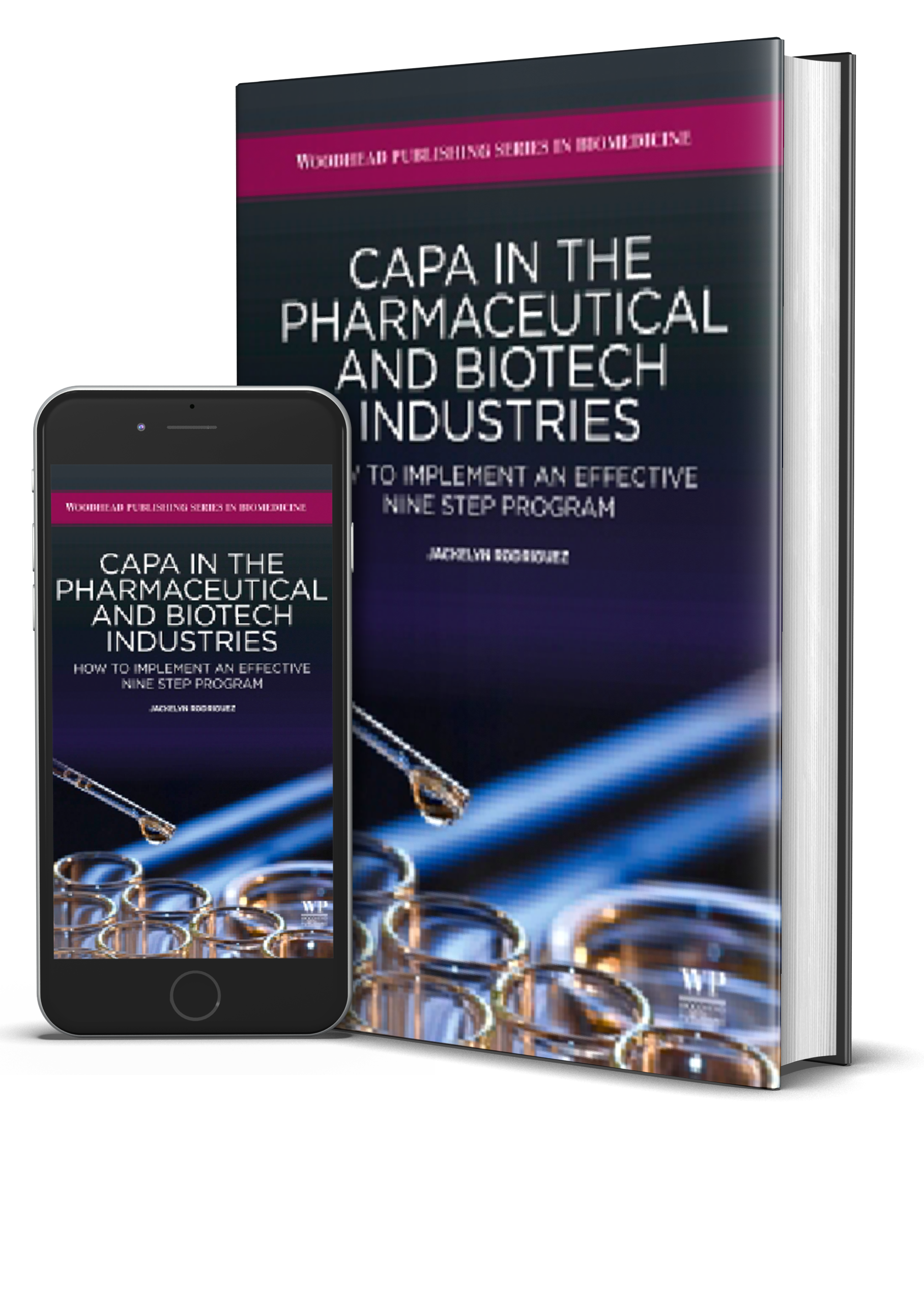
How to Implement Risk Management Principles and Activities Within a Quality Management System
![]() Course Director: Jackelyn Rodriguez
Course Director: Jackelyn Rodriguez
![]() Course Cost |
Course Cost | ![]() Course Location |
Course Location | ![]() Course Date
Course Date
Costa Rica | Oct 25-26
$1250.00 Regular Registration
Doubletree by Hilton Cariari San Jose-Costa Rica
San Antonio de Belén, Ciudad Cariari
www.CariariSanJose.DoubleTree.com
![]() Aditional Course List: Click here
Aditional Course List: Click here
Course Description
Risk management is a practice with processes, methods, and tools for managing risks in a project. It provides a disciplined environment for proactive decision making to continuously assess what could go wrong within an organization and with its products.
This course will cover which risks are important to deal with and how the implementation of strategies can mitigate risks. Additionally,the curriculum provides attendees with the skills to use, maintain, and extend the functionality of a Risk Management system by effectively analyzing
and producing firm-wide risk management tools and measures.
Agenda Day 1
1.1ntroduction to Risk Management
Regulatory Perspective
• Exploring the Risk Management Process as defined in GHTF
• Discussing when and where Risk
Management is appropriate
• Identifying and Assessing Risks
• Determining what to do once you know the risk
Exploring the Risks and Benefits of Risk Management
• Identifying benefits of Risk Management
2. Analysis and Comparison of Risk Management
Standards ISO 14971
• Application of risk management to medical devices.
• Providing an overview of ISO 14971
• Reviewing the Risk Management Process in a regulated environment
• Learning how to develop a Risk Management
Plan
• Establishing and using a Risk Management
Team
Interactive Exercise: participants will create: List of
Hazards, Effects,Causes,Controls
3. How does a manufacturer we prepare a process
FMEA?
Effectively Documenting and Managing Your Design and Process FMEA
Introduction to FMEA
• What is FMEA, Design vs. Process?
• Benefits and limitations of implementing
FMEA
• What levels of validations are required for critical processes vs. the non-critical ones?
• Can the results of the PFMEA be used to determine the level of testing and qualification during Validation?
• Conducting FMEA Studies
• Defining FMEA Terminology
• Determining steps in the FMEA study process
Identifying Team Requirements
• Hazard identification, record keeping and verification
• Identifying and avoiding pitfalls and delays in implementing FMEA
Interactive Exercise: Participants will generate will
create/complete a process FMEA sheet for a specific process (the specific processes will be identified during the course).
4. Using Hazard Analysis and Critical Control Points (HACCP) to Identify and Control Process Risk Introduction to HACCP
• Defining HACCP
• Understanding why is it important
• Current status of Regulation (an FDA
perspective)
• Benefits of implementing HACCP Conducting HACCP
• Initiating a HACCP study
• Seven principles of HACCP
• Record keeping and verification
• HACCP manual recommendations
• Identifying and avoiding pitfalls and delays in implementing HACCP
• Hazards and Operability Analysis (HAZOP)
• Identifying the "what-ifs"
• Failure Mode and Effects Analysis FMEA
Integrating HACCP with GMP and Risk Management
• Managing HACCP activities
• Validation, auditing, and training consideration
5 .lntegrating Risk Management into Quality System
• Corrective and Preventative Action (CAPA): Mitigating Risk in Manufacturing
• Evaluation and Risk Assessment of
nonconformance/deviation
• Identify Corrective actions based on risk level
• Addressing deviations and nonconformance's within a CAPA program based on risk
• Configuration management/change control procedures
• Validation procedures
• Auditing procedures
Questions & Wrap-Up
For more information, click HERE
All of course can be delivered on-site and can be fully customizable
* Before registering for any of our courses, read our registration policies and procedures.


